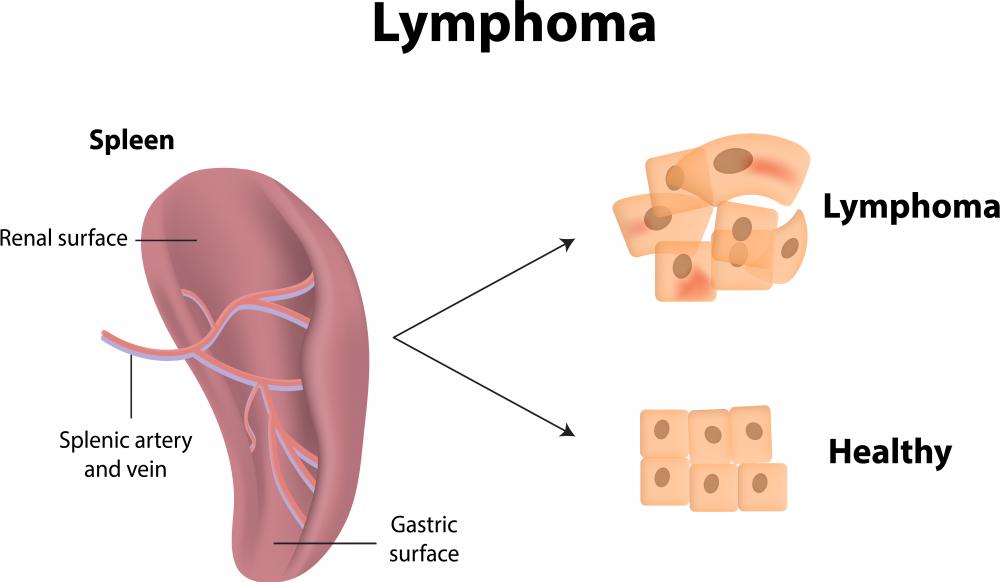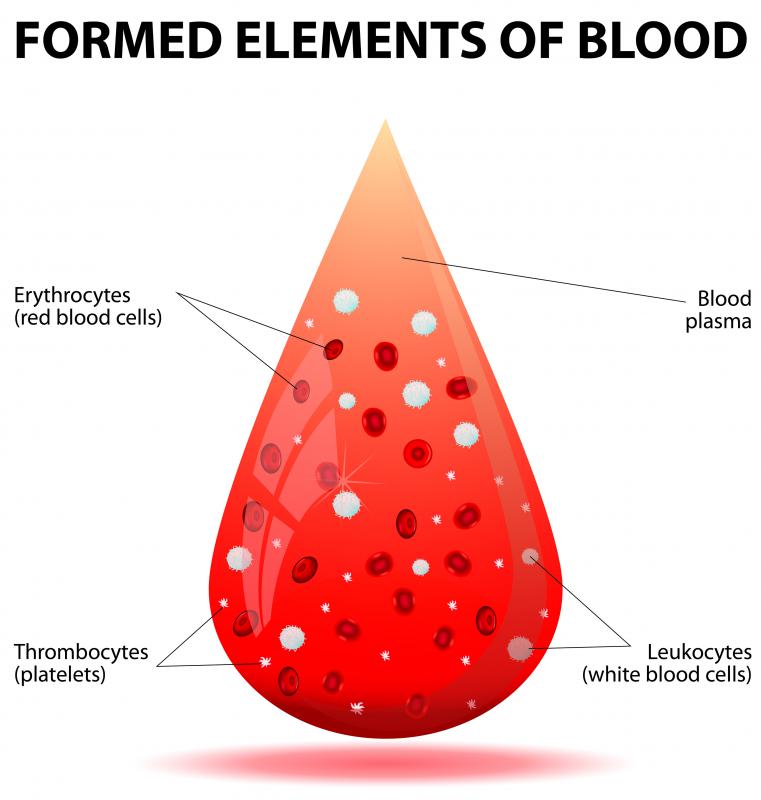At WiseGEEK, we're committed to delivering accurate, trustworthy information. Our expert-authored content is rigorously fact-checked and sourced from credible authorities. Discover how we uphold the highest standards in providing you with reliable knowledge.
What is Mycosis Fungoides?
Mycosis fungoides is a type of lymphoma that effects the skin in a form of cancer called cutaneous T-cell lymphoma (CTCL). In this condition, white blood cells called lymphocytes begin to attack the skin; it often manifests first as a simple red rash. Difficult to cure, a diagnosis of mycosis fungoides usually results in palliative care and perhaps years of living with the disease. CTCL is a rare type of cancer that afflicts between 5 and 10 people in every million, and it is not hereditary or infectious.
In a healthy body, bone marrow makes immature blood stem cells that develop into myeloid stem cells or lymphoid stem cells. Lymphoid stem cells become lymphoblasts before specializing into one of the types of lymphocytes. These lymphocytes make the antibodies that the immune system requires to fight off infections. In mycosis fungoides, these white blood cells become cancerous and malignant. They attack both the skin and the blood that is circulating through the body.

There are several stages that mycosis fungoides can pass through, and any or all of them can manifest themselves. The premycotic phase is often not diagnosed as mycosis fungoides, as it manifests as a scaly red rash on parts of the body typically covered by clothes. In the patch phase, the rash becomes reddish patches that can resemble eczema, while the rash becomes thickened and redder in the plaque phase. In the tumor stage, usually the last to develop, tumors form on the skin. These tumors can become ulcerous, and the sores may become infected.

An advanced form of mycosis fungoides is known as Sezary Syndrome, which affects the skin over the entire body. When an individual is diagnosed with mycosis fungoides, it does not mean that the condition will progress into Sezary Syndrome. The red patches characteristic of the different stages can often be found at the same time, and can include the ulcerous tumors.

Diagnosis often begins with a trip to the dermatologist for a closer examination of the red patches that are usually the first signs that there is anything wrong. While it is easy to misdiagnose the condition as eczema or psoriasis, blood tests and the taking of skin samples or biopsies will point to the right diagnosis. Once diagnosed, topical treatments such as lotions and creams can be used to ease the discomfort of the itching and redness, while different types of light therapy can be effective in slowing the growth of the cancer cells.
AS FEATURED ON:
AS FEATURED ON:














Discuss this Article
Post your comments